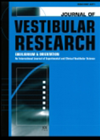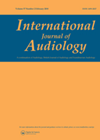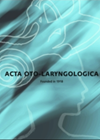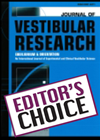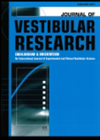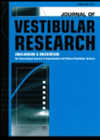
Journal Reviews
BPPV and bone mineral density
Over the years, attempts have been made to identify modifiable risk factors for BPPV. Due to the chemical composition of otoconia, the role of calcium metabolism and its associated conditions have been studied with no firm conclusions. The authors studied...
Static positional nystagmus
This study aimed to clarify the interpretation of positional nystagmus (PN) by looking at the current criteria for significance of PN, comparison of PN in symptomatic patients with normative data, prevalence of PN among participants with balance problems and assessing...
Comparison between objective and subjective BPPV
BPPV presentation in ENT clinics is variable. The objective of this study was to examine differences in demographic and clinical features, as well as treatment outcomes, between classic objective BPPV (O-BPPV) and subjective BPPV (S-BPPV). Unlike classic BPPV (with nystagmus),...
Type 2 diabetes and BPPV
Previous research has shown an association between BPPV and certain medical conditions such as hypertension, hyperlipidaemia and type 1 diabetes. The authors in this retrospective observational study investigated the interaction between BPPV and type 2 diabetes by examining the ‘role...
International classification of BPPV
In the past few years, the Bárány Society has made great strides in defining and classifying vestibular disorders along the lines of the international classification of diseases. This article addresses the diagnostic criteria for BPPV, the commonest cause of vertigo....
Horizontal nystagmus: vestibular neuritis or lateral canal BPPV?
A horizontal nystagmus due to lateral canal (LSC) BPPV that is present in the upright position, that changes direction with head turn in the horizontal plane has been termed ‘pseudo-spontaneous nystagmus’ (PSN) because it mimics that of vestibular neuritis. The...

